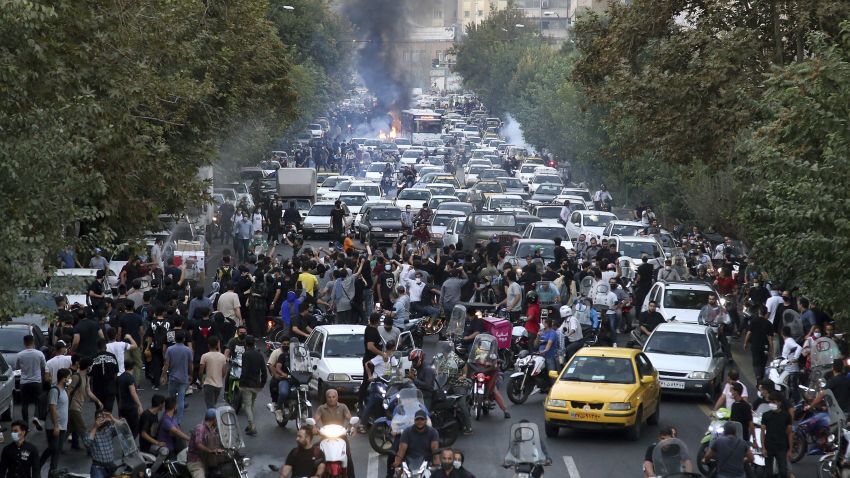Popular protests are on the rise, and they are increasingly going global. Over the past five years, popular movements demonstrating against fiscal austerity and corruption have brought down democratic governments from Europe and Latin America to Africa and Asia. Pro-democracy protests in authoritarian countries have also proliferated, with several having succeeded in ousting long-ruling leaders, as in Sudan and Algeria. Now the rise in energy and food prices caused by the war in Ukraine is driving another wave of cost-of-living protests.
And with the advent of new communication technologies and media platforms, what happens anywhere can be seen everywhere. The messages and actions of pro-democracy protesters in Hong Kong, for instance, inspired and guided demonstrators in other continents. The Black Lives Matter protests in the United States during the summer of 2020 were particularly resonant. Building on centuries of international abolitionist and anti-colonialist protest, the demonstrations—sparked by the May 2020 killing of George Floyd by a white police officer—spread rapidly around the world. In addition to standing in solidarity with U.S. protesters, demonstrators in Europe, South America and Asia connected the movement to their own experiences of colonialism, racism and state violence perpetrated by their governments.
New communication technologies and media platforms are not only raising awareness. They are also enabling movements in different countries to learn from and engage with each other. The leaderless pro-democracy protest movement in Thailand was connected to groups guiding similar efforts in Hong Kong. There is some concern, though, that the ease with which protest methods and tactics can be shared might obscure the amount of work required to organize effective movements that can successfully achieve political change. As a result, nascent efforts could splinter or fail because protesters are not adequately prepared to maintain them, particularly when they are challenged by government forces.
Meanwhile, governments are actively looking to contain the rise in civil resistance, deploying violence, as in Myanmar, Iran and most recently Kenya, to crush peaceful protests. During the coronavirus pandemic, many countries used pandemic-related restrictions on gatherings as a pretext to curb demonstrators and arrest activists and journalists—a strategy deployed from Algeria to the Philippines. Other repressive regimes, like Russia, Belarus and Saudi Arabia, target dissidents for violence and abduction abroad, calling global attention to the practice known as transnational repression.
WPR has covered global democracy and social protest movements in detail and continues to examine key questions about what will happen next. How will governments respond to protests driven by the global energy and cost-of-living crises? Will anti-mining protests in Latin America succeed in making the green energy transition more just? Will global protests against Israel’s attack on Gaza alter the course of the Israel-Hamas war? Below are some of the highlights of WPR’s coverage.
Our Most Recent Coverage
Kenya’s Protests Are About More Than Tax Hikes
Protests that gripped Kenya’s capital in late June were ostensibly about a tax bill, but in reality the roots of the grievances run much deeper.
Editor’s note: This article was originally published in October 2020 and is regularly updated.

